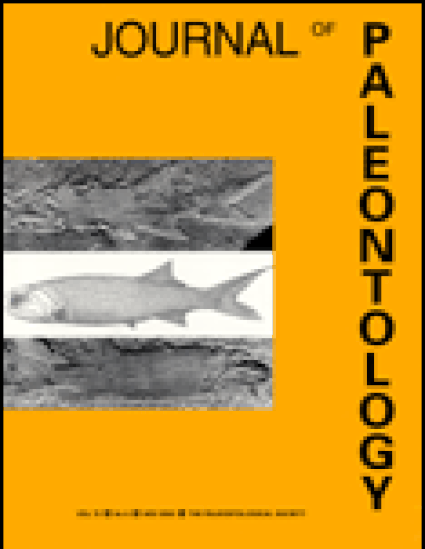
Article
Seasonal Distribution of Foraminifera in Samish Bay, Washington
Journal of Paleontology
(1979)
Abstract
Of eleven ecological factors recorded, seawater temperature, salinity, total dissolved phosphates, dissolved nitrogen and substrate type appear to control the seasonal distribution of eleven living species of benthic, littoral Foraminifera collected from April, 1976, to March, 1977, in Samish Bay, Skagit County, Washington. In addition, a low pH, reducing substrate seems to dissolve all dead calcareous Foraminifera within a maximum time of five months.
The Foraminifera in Samish Bay have two seasonally controlled populations. In late fall, winter and early spring months the arenaceous species Trochammina pacifica and Miliamminafusca comprise nearly the entire fauna. In late spring and summer months the calcareous species Elphidium selseyense, E. hannai, E. sp., Ammonia beccarii, and three species of Quinqueloculina have blooms that contribute to a mixed arenaceous and calcareous foraminiferal assemblage. The Samish Bay fauna seems to be transitional between faunas of the cold waters of Alaska and warm waters of California. An analysis of the monthly distribution of calcareous species emphasizes the need to sample living littoral and nearshore Foraminifera during both summer and winter months.
Keywords
- Foraminifera
Disciplines
Publication Date
March, 1979
Publisher Statement
Published by: SEPM Society for Sedimentary Geology
Stable URL: http://www.jstor.org/stable/1303868
Citation Information
Charles A. Ross and Garry D. Jones. "Seasonal Distribution of Foraminifera in Samish Bay, Washington" Journal of Paleontology Vol. 53 Iss. 2 (1979) p. 245 - 257 Available at: http://works.bepress.com/charles-ross/90/
